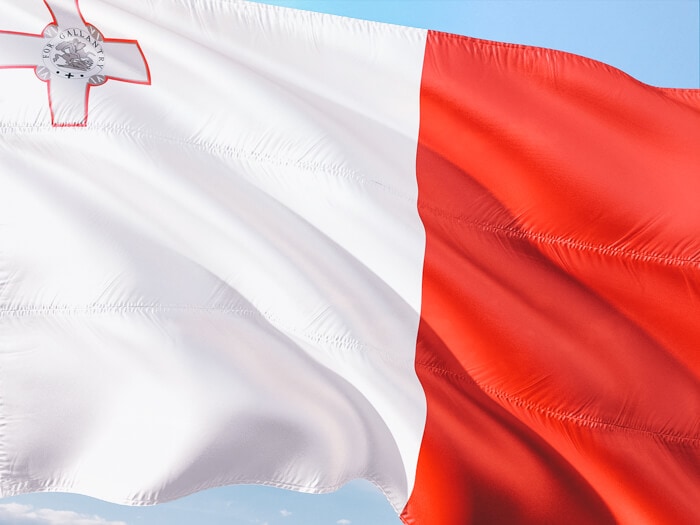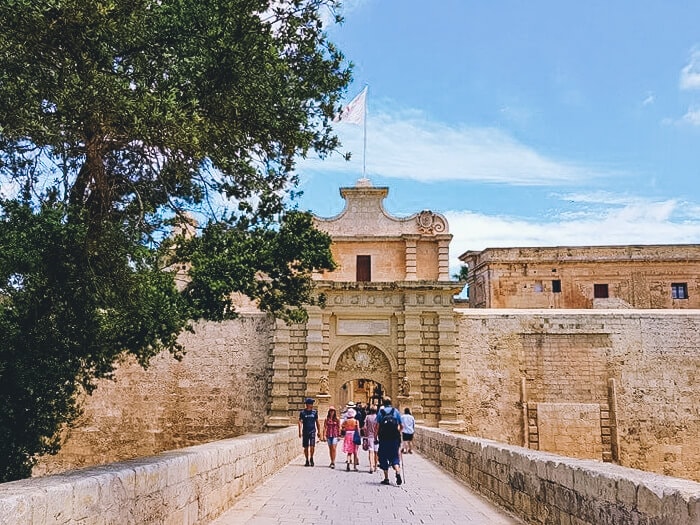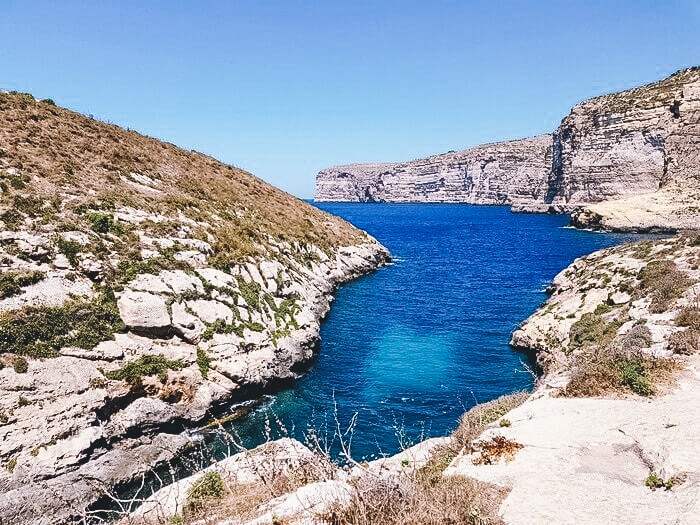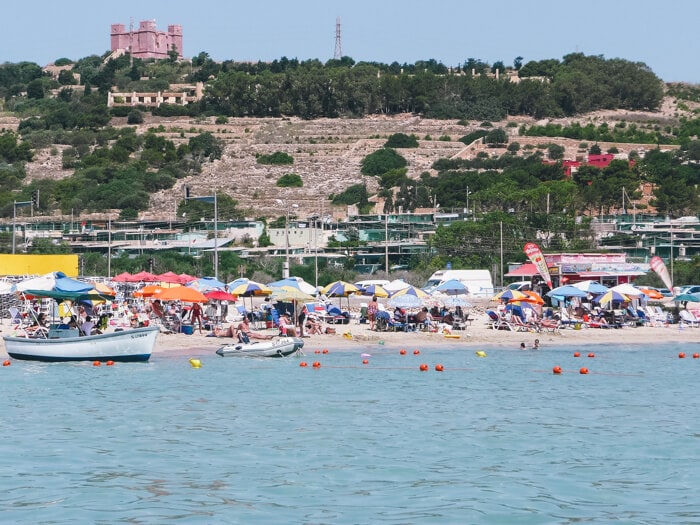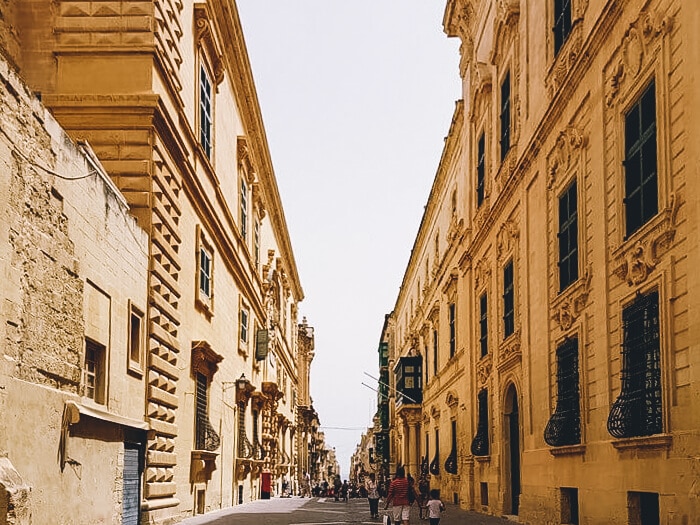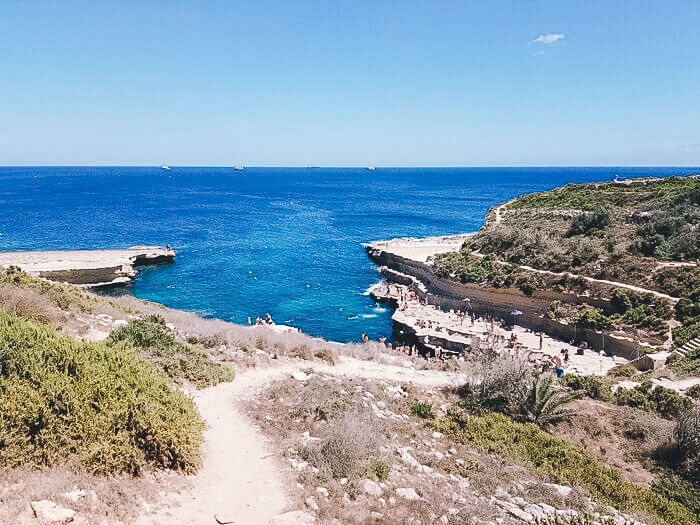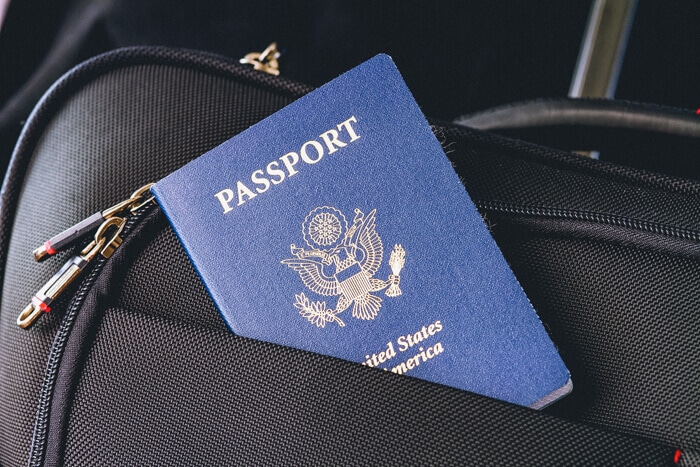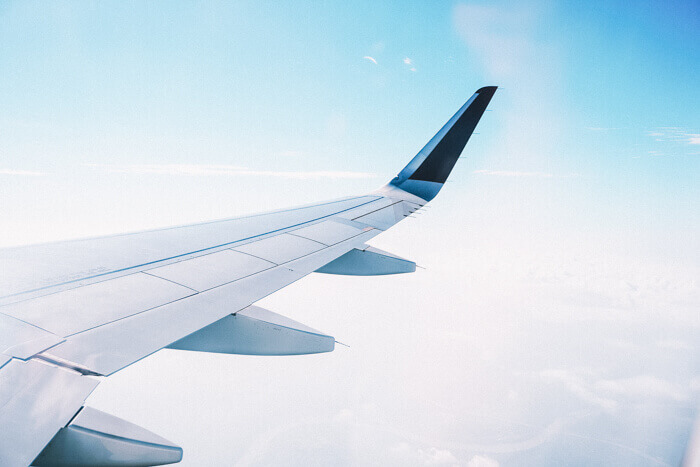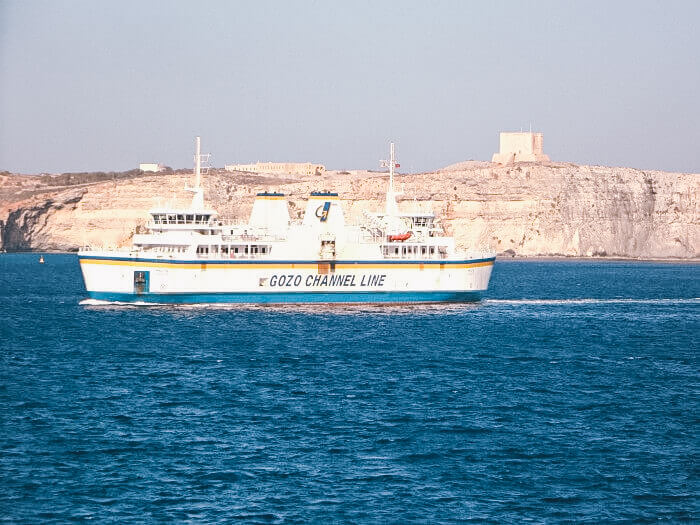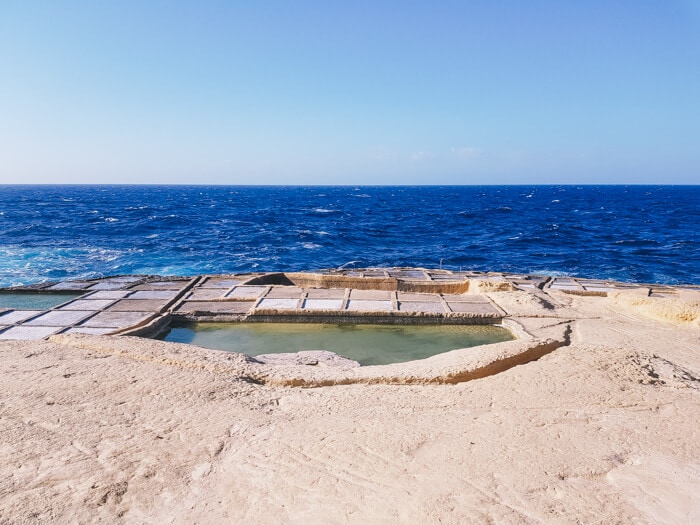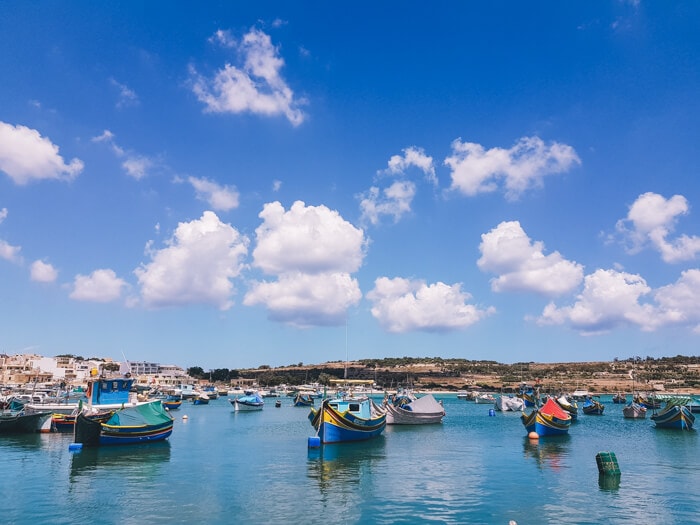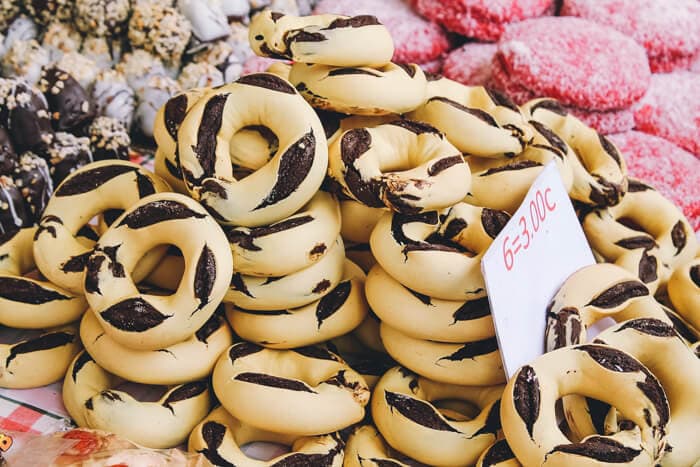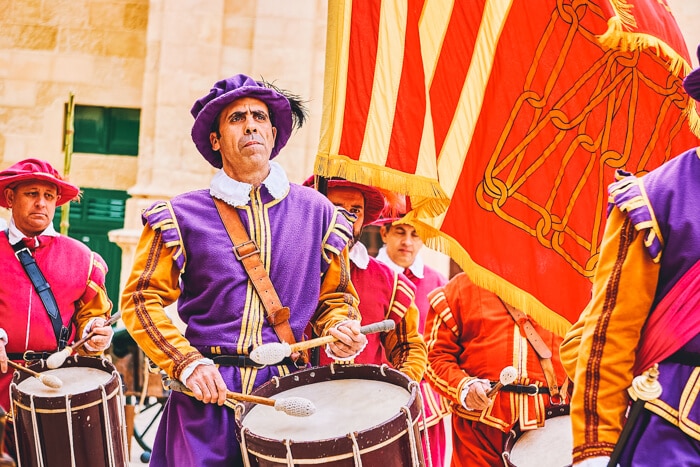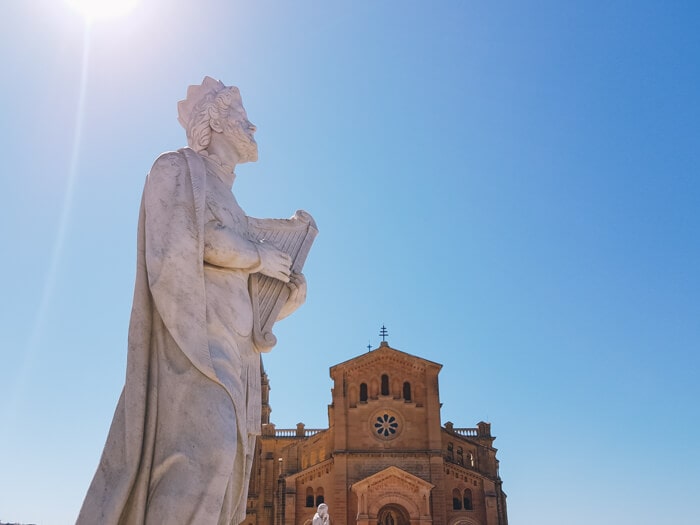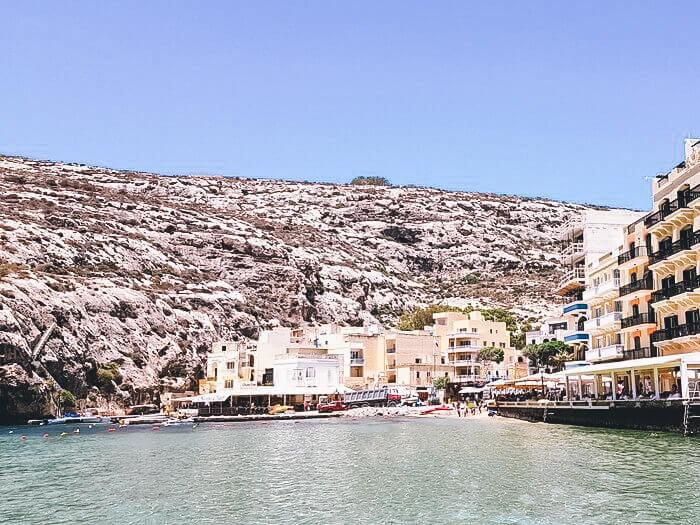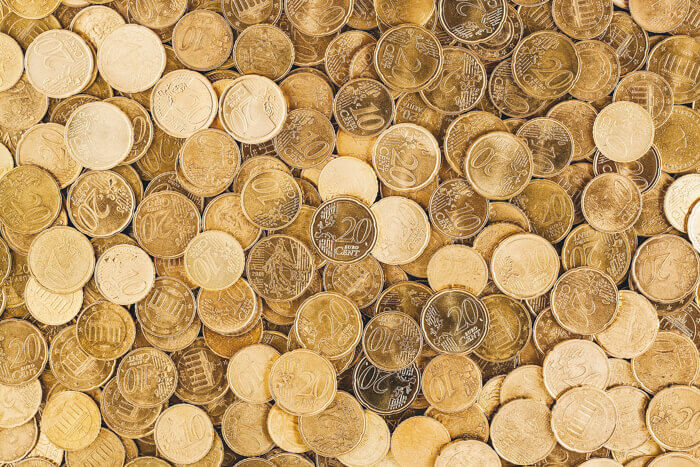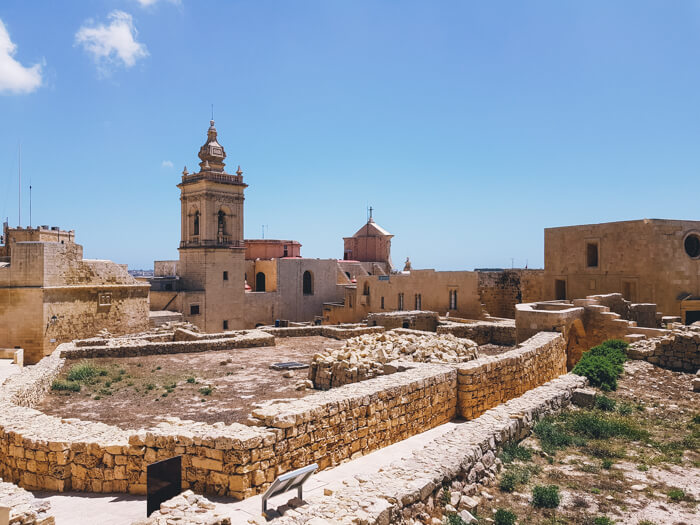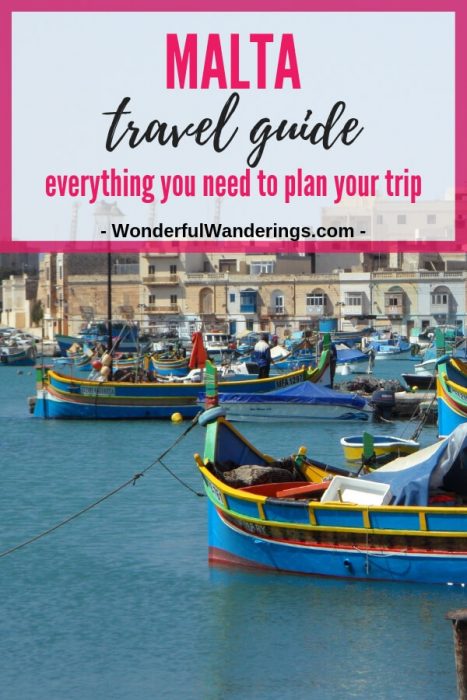Planning a trip to Malta? Wonderful! This Malta Travel Guide will help you do just that.
Malta is located in the central Mediterranean Sea, consisting of an archipelago. Its main islands are Gozo, Comino, and Malta, the largest of the Maltese islands. The island country lies to the south of Italy, east of Tunisia and north of Libya. The world’s 10th smallest country is actually one of the most densely populated.
The capital city of Valletta is one of the smallest nation capitals in the European Union. It’s also a member of the Partnership for Peace and the Euro-Atlantic Partnership Council (EAPC).
Travelers head to Malta for sun, sea and beautiful coastlines. A diving hotspot and walker’s paradise, the country is rich in culture and history. Experience beautifully preserved towns dating back to the Knights of Malta and fantastic Maltese cuisine. How what and where? Find out all below.
Contents
- Malta travel guide: quick facts
- Regions of Malta
- How to get to Malta?
- How to get around Malta?
- What are the best things to do in Malta?
- What to pack for Malta
- The best time to visit Malta
- What to eat in Malta
- Famous events in Malta
- Public holidays in Malta
- Cultural customs to be aware of in Malta
- Where to stay in Malta
- Don’t forget travel insurance
- Is Malta safe?
- The use of cash and cards in Malta
- Tipping in Malta
- A brief history of Malta
Malta travel guide: quick facts
Size: 316 km² or 122 sq mi
People living there: more than 460,000
Capital: Valletta
Governmental structure: a parliamentary representative democratic republic, where the President of Malta is the constitutional head of state
National day: September 21
Time zone: Central European Time / UTC+1 / GMT+1
Currency: euro (EUR)
Power voltage and socket type(s): 230V, plug type G. If these don’t match with your devices, make sure to bring a universal adapter.
Official religion(s)/Freedom of religion: Roman Catholicism is the state religion.
Official language(s) and general knowledge of English: English and Maltese are the official languages.
Drives on this side: left
International driver’s licence accepted? yes
Phone code: +356
Vaccinations needed? none
Can you drink the tap water? the tap water is safe to drink but doesn’t taste very nice
Regions of Malta
Malta is divided into five regions each with a regional committee with a Regional President, Vice President, and Executive Secretary.
1. Central Region
Central Malta is known for its ancient capital Mdina. Spend the day exploring the well-preserved medieval town before heading beyond the walls to Rabat, a large town of Roman origin. The region includes the central part of the main island of Malta. The area houses the bustling town of St. Julian’s. It sits between Balluta Bay and St.George’s Bay with plenty of cozy cafes and restaurants.
Top spots to visit in the area include St. Paul’s Cathedral, St. Paul’s Catacombs and Mdina Gate. Stop off at Spinola Bay for scenic views and dinner by the coast. The central region has unique accommodation options from townhouse hotels to palaces.
2. Gozo Region
The Gozo Region includes the islands of Gozo and Comino as well as several little islets. Gozo is a tranquil island which is more rural and smaller than the main island of Malta. With baroque churches and old farmhouses dotted along the countryside, the region has several historic sites to visit.
The island has one of the archipelago’s best-preserved temple from the Neolithic era, Ġgantija. The rugged landscape and coastline are easy to explore on foot and the region is known for having some of the Mediterranean’s best diving sites.
3. Northern Region
With more rugged terrain, the Northern Region offers up incredible views across to the islands of Gozo and Comino. In the area, you’ll find a number of beach and holiday resorts including Malta’s largest sandy beach, Mellieha. The region includes the northwest part of the island of Malta. You’ll find beautiful sea views of the Mediterranean Sea as well as picturesque countryside.
If you’re looking to explore the island of Gozo as well, this is a great location to stay to explore both islands. The island of Comino is also easily accessible by boat for a day trip, with daily boat excursions during the summer.
4. South Eastern Region
The region includes the southeastern part of the main island of Malta and also includes the nation’s capital, Valletta. The walled capital was built in the 1500s so you’ll find plenty of churches, palaces, and baroque landmarks. The National Museum of Archaeology and St. John’s Co-Cathedral are popular tourist attractions in the region.
To soak up a bit of culture, head to the Manoel Theatre, one of Europe’s oldest working theatres. The capital city is also home to one of the grandest carnival displays during the Maltese Carnival, one of Malta’s oldest annual festivities.
5. Southern Region
The south is a peaceful area with fishing villages and bays. Get a glimpse of authentic Maltese rural life and explore the region. You’ll also find the ancient temples, Hagar Qim and Mnajdra. Although the region is mainly undeveloped, there are hotels in the harbor town of Marsaskala. The southern resort becomes lively at night but remains charming and quiet during the day.
A must visit is the popular swimming spot, St. Peter’s Pool, a natural lido in between the rocks. Don’t forget to visit the Ghar Dalam Cave & Museum in Birżebbuġa. The archaeological site is a 145m-long cave with the lower levels of the cavern being more than 500,000 years old.
How to get to Malta?
Entry requirements
Malta is part of the Schengen system, therefore, you can travel from one border-free Schengen country to another without a passport or national ID card. With the exception of nationals from a Schengen country, you will need a passport valid for three months.
US citizens can stay in Malta for up to 90 days without a visa. While EU nationals can stay for an unlimited period of time without a visa but will need to register with local authorities after three months.
Getting to Malta
How to travel to Malta by ferry
Malta is well served by several major ferry lines, connecting Italy to Malta. Travel from Rome, Catania, Pozzallo, and Salerno to Valletta. The journey from Pozzallo to Valletta takes just under two hours. Ferry companies to use include Grimaldi Ferries, Virtu Ferries, Viamare and Grandi Navi Veloci.
Look here for ferry routes and prices to Malta.
How to travel to Malta by plane
Flying is the easiest way to travel to Malta. You can reach the Maltese archipelago in just a few hours from mainland Europe. The Malta International Airport is the only airport on the Maltese Islands and sees regular international flights from around the world. The airport lies southwest of the capital, Valletta.
Look here for the best flights to Malta.
How to get around Malta?
Getting around Malta by yourself
Due to its small size, traveling around Malta is easy and hassle-free. The public bus service on both Malta and Gozo is a great way to get around, stopping off at all major tourist attractions. The bus is an efficient and inexpensive way to see the country.
If you’re looking to explore the furthest reaches of the island in the most flexible way, renting a car is the best option. You can easily find cars to hire in Malta and Gozo with reasonable daily rates.
Good to know: Malta has a bad reputation when it comes to driving but we found that it’s exaggerated. While it can get a bit chaotic around Valletta, we found it easy to drive around Malta.
For shorter distances and pickups, the white taxi service will take you from the airport to virtually anywhere in Malta for a fixed tariff.
A regular ferry service links Gozo to Malta with regular boat services between Comino and each island. A traditional water taxi service is also available in the Grand Harbour.
What are the best things to do in Malta?
Listed below are the best things to do in Malta.
- Valletta. Valletta is the capital city of Malta, located on the Mediterranean coast. It is known for its Baroque architecture and status as a UNESCO World Heritage Site, with over 300 historical monuments. Valletta serves as an “open-air museum” and was the European Capital of Culture in 2018.
- Mdina Old City. Mdina, known as the “Silent City”, is a medieval fortified town in Malta, dating back to 4,000 years. It features narrow streets, churches, palaces and
fortified walls. Mdina was once the capital of Malta and maintained a peaceful, car-free atmosphere as the “Citta’ Notabile”, or noble city. - St. John’s Co-Cathedral. St. John’s Co-Cathedral in Valletta exhibits ornate Baroque art, including Caravaggio’s famous “Beheading of Saint John”. Its marble floor features over 400 tombs of the Knights of St. John. The cathedral offers insight into Malta’s history and is renowned for its rich artistic interior.
- The Three Cities. The Three Cities consist of Cospicua, Senglea and Birgu on the east side of Malta’s Grand Harbour. They provide authenticity with a laid-back atmosphere, sights into traditional Maltese culture and cuisine and a glimpse of contemporary life.
- Gozo. Gozo, an island near Malta, blends cultural heritage and natural beauty with attractions like Neolithic temples, beaches and hilly landscapes. It offers historical sites, outdoor activities and local culture for visitors seeking nature, history and authentic island experiences.
- Blue Lagoon and Comino Island. Comino is an uninhabited Maltese island with crystal clear waters and the famous Blue Lagoon Bay, renowned for swimming, snorkeling and seclusion. It is accessible by ferry from Malta and Gozo for water activities and coastal exploration amidst stunning scenery.
- The Upper Barrakka Gardens. The Upper Barrakka Gardens in Valletta provide panoramic views over the Grand Harbour. The gardens offer sights of history with statues and plaques, along with daily ceremonial cannon firings. The gardens serve as a peaceful public retreat.
What to pack for Malta
Malta’s climate is typical of the Mediterranean with hot, sunny summers and rainy, mild winters. Malta has four seasons winter, spring, summer, and autumn. The Maltese islands are heavily influenced by the sea and see 12 hours of sunshine in the summer, going down to 5-6 hours in the winter.
Summers are hot and dry but manageable with a nice sea breeze from June to August with highs of 30 °C. Autumn comes in September with the first half of the month seeing summer-like temperatures until thunderstorms can hit towards the end of the month.
From December to February, Malta’s winter is relatively mild with temperatures averaging 12 °C with no snow or freezes. Usually the rainy period is concentrated from October to March but even so, the annual rainfall is low.
What to pack for Malta in summer
- lots and lots of suncream
- a sun hat
- sunglasses
- light clothes
- good walking sandals
- a re-usable water bottle
- mosquito repellent lotion
- swimming clothes
What to pack for Malta in winter
- a warm scarf
- comfortable shoes
- layers
- a re-usable water bottle
- a warm and waterproof coat
What to pack for Malta in fall and spring
- a light and waterproof jacket
- layers
- a re-usable water bottle
- comfortable shoes
- sunglasses
- sun cream
The best time to visit Malta
The best time to go to Malta is often dependent on why you’re going there in the first place. Generally, April, May, and June are a great time for a holiday in Malta. The weather is sunny but not sweltering. Spring temperatures usually start to heat up in May for beachgoers. Some of Malta’s best annual events take place during these months including the Medieval Mdina in May and the International Fireworks Festival in April.
You’ll miss the peak tourist season so it will be far less busy and hotels may be cheaper. If you’re looking for serious summer heat then traveling in July, September or August is a great option. The beaches will be busier but there won’t be a cloud in the sky, perfect for a beach holiday.
What to eat in Malta
- Gbejniet, Maltese cheese
- Aljotta, lemon and herb fish soup
- Hobza biz zejt, sourdough bread with olive oil topped with tuna, olives, anchovies or capers
- Bigilla, bean paste dip
- Timpana, baked macaroni pasta in pastry
- Imqaret, fried date pastry
- Brungiel Mimli, stuffed aubergines topped with parmesan cheese
- Pastizzi, pastry stuffed with either mushy peas or salty ricotta
- Fenkata, rabbit stew
- Torta tal-Lampuki, fish found in between Malta and Gozo, it’s either shallow-fried or oven baked with a rich tomato sauce
Want more information about typical Maltese food? Check out these recommendations of traditional Maltese food from a local.
Famous events in Malta
- Lost & Found, St Paul’s Bay (May) – presented by Radio One DJ Annie Mac, the festival is one of Malta’s most popular events bringing the best dance music to the island annually
- Earth Garden Festival, Ta’ Qali National Park (June) – the festival combines healing grounds, an ethnic market, music, camping and food for four days with music from around the world
- The Potato Festival, Qrendi (May) – every year the village of Qrendi show off their harvesting equipment and unique potatoes
- Notte Bianca, Valletta (October) – the island’s biggest arts and culture festival, the yearly event is free and the streets are packed with arts, music and dance events
- The Strawberry Festival, Mġarr (April) – enjoy every type of strawberry cuisine you can imagine as the village of Mġarr celebrates the fruit for one day
- Firework Festival, countrywide, (April) – celebrated throughout Malta, find a spot at the beach and soak up the spectacular firework displays
- Isle of MTV, Floriana (June) – the music festival brings in 50,000 attendees with international performances such as Lady Gaga, David Guetta and Jason Derulo
- Valetta Jazz Festival, Valletta (July) – you’ll find jazz venues throughout the city to explore during Valletta’s four-day jazz festival
- Malta International Airshow, Marsamxett Habour (September) – the international exhibition has a number of vintage aircraft on display as well as an exciting air show that both adults and children will enjoy
- Medieval Mdina Festival, Mdina (May) – enjoy two days of medieval reenactments with groups performing in battle scenes and other pageantry around the town of Mdina
Public holidays in Malta
- New Year’s Day
- Feast of St. Paul’s shipwreck (February 10)
- St Joseph’s Day (March 19)
- Freedom Day (March 31)
- Good Friday
- Worker’s Day (May 1)
- Sette Giugno (June 7)
- Saint Peter and Saint Paul (June 29)
- Assumption Day
- Feast of Our Lady of Victories (September 8)
- Independence Day (September 21)
- Immaculate Conception Day (December 8)
- Republic Day (December 13)
- Christmas Day
Cultural customs to be aware of in Malta
The Maltese people are very friendly and the majority speak English as well as Maltese, so the language won’t be a problem.
One thing to keep in mind is that Maltese people are never in a hurry. The relaxed island nature applies to all areas of life from waiting to be served food or drink to queuing in a shop. Always leave plenty of time for whatever you’re doing and don’t be surprised if workers stop for a chat while you’re waiting to be served.
Where to stay in Malta
Booking.com is my go-to website for booking hotels, guest houses and bed and breakfasts. It has a bunch of filtering options so I can easily get a list of only the hotels that meet my criteria. If want to book accommodation for Malta, I highly recommend checking here.
On the occasions that I want to book an apartment rather than a hotel, I use Airbnb.
Don’t forget travel insurance
No matter how well you plan and research a trip, there are always things that happen beyond your control. Something might get canceled, you can get ill or hurt while traveling or one of your electronics might break or get stolen. When misfortune strikes, travel insurance has got you covered. I’ve had ongoing travel insurance ever since I started traveling to make sure I’m covered for every trip I go on. Don’t have insurance yet? You can get a free quote here:
Is Malta safe?
So is it safe to travel to Malta? Yes! Malta is a safe country to travel to, with low crime rates. The most common threats to travelers are petty crimes such as pickpocketing and bag snatching as well as road accidents. High tourist areas such as St. Julian’s and Valletta are more common hotspots for petty crimes. As with any other country, use your common sense and be aware of your surroundings. Keep your bags close to you when walking through crowded areas and don’t show off expensive jewelry or cash.
In terms of the weather, there are chances of thunderstorms and occasional flooding depending on the time of year you travel but usually nothing too bad.
The use of cash and cards in Malta
Credit and debit cards are widely used in Malta with most restaurants, hotels, and shops accepting them. American Express may sometimes be refused due to high fees the retailers have to pay. It’s best to keep some cash on you as well to pay for smaller items such as the bus or a couple of beers.
Malta has a number of ATM’s to withdraw cash while you’re away but you will likely be charged by both the ATM provider and your own bank. A combination of cards and cash is recommended for traveling in Malta.
Tipping in Malta
Tipping is quite common in Malta although how you tip depends on the situation. Sometimes it’s a percentage of the bill, sometimes you’ll just round up the bill. For a general idea on who to tip what in Malta, read this
A brief history of Malta
The Maltese archipelago has had a long and turbulent history over the centuries. 5200 B.C. saw the first arrival of man. Temples built in the Neolithic times are still standing today in the south of the island of Malta. At around 2000 B.C., the island went on to be conquered by the Carthaginians, Romans and then Arabs, respectively. In 60 A.D. St. Paul was shipwrecked on the island on his journey to Rome and introduced Christianity to Malta. In the Middle Ages, Malta was invaded by the Arabs and involved heavily in the Byzantine-Arab Wars.
The Normans went on to seize Malta at around 1091 and the Maltese island became part of the Kingdom of Sicily. From 1530 to 1798, the Order of Knights of St John ruled the islands, during which they built Valletta, the capital city. In 1798, Napoleon conquered the island where he abolished slavery, freed Turkish slaves and created a new education system. After Napoleon’s downfall, the British went on to rule the island for the next 160 years.
Malta became a British crown colony in 1814 before suffering heavy bombing by German and Italian air forces during World War II. The country regained its independence from the British in 1964 and became a republic in 1974. They went on to join the European Union and adopted the euro in the early 2000s. Malta is now a popular holiday destination with tourism being the main source of income for the nation.
And that’s it for these Malta travel tips! Have you gotten all excited about visiting Malta but still feel a bit overwhelmed, or simply don’t feel like planning your trip yourself?
PIN FOR LATER

